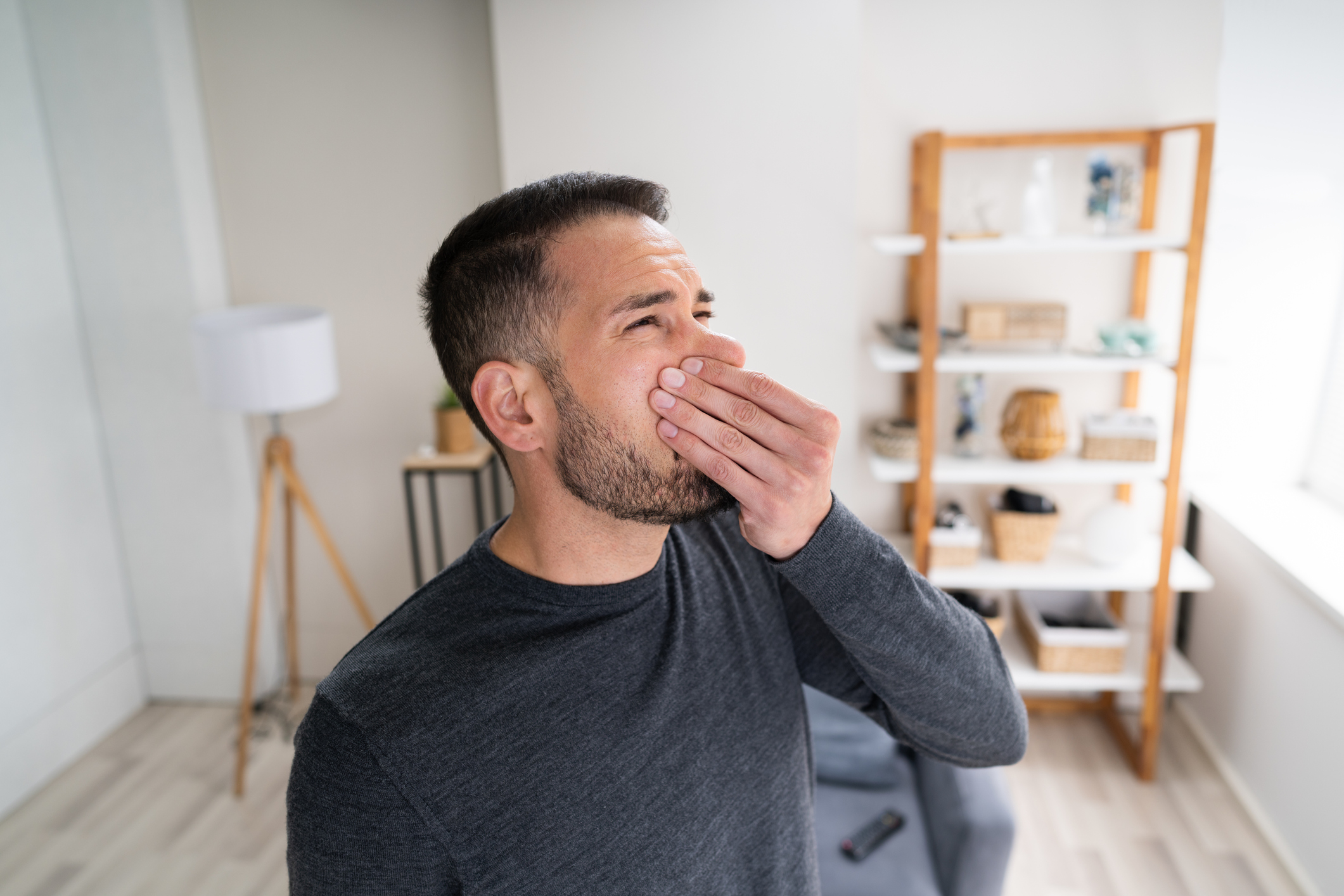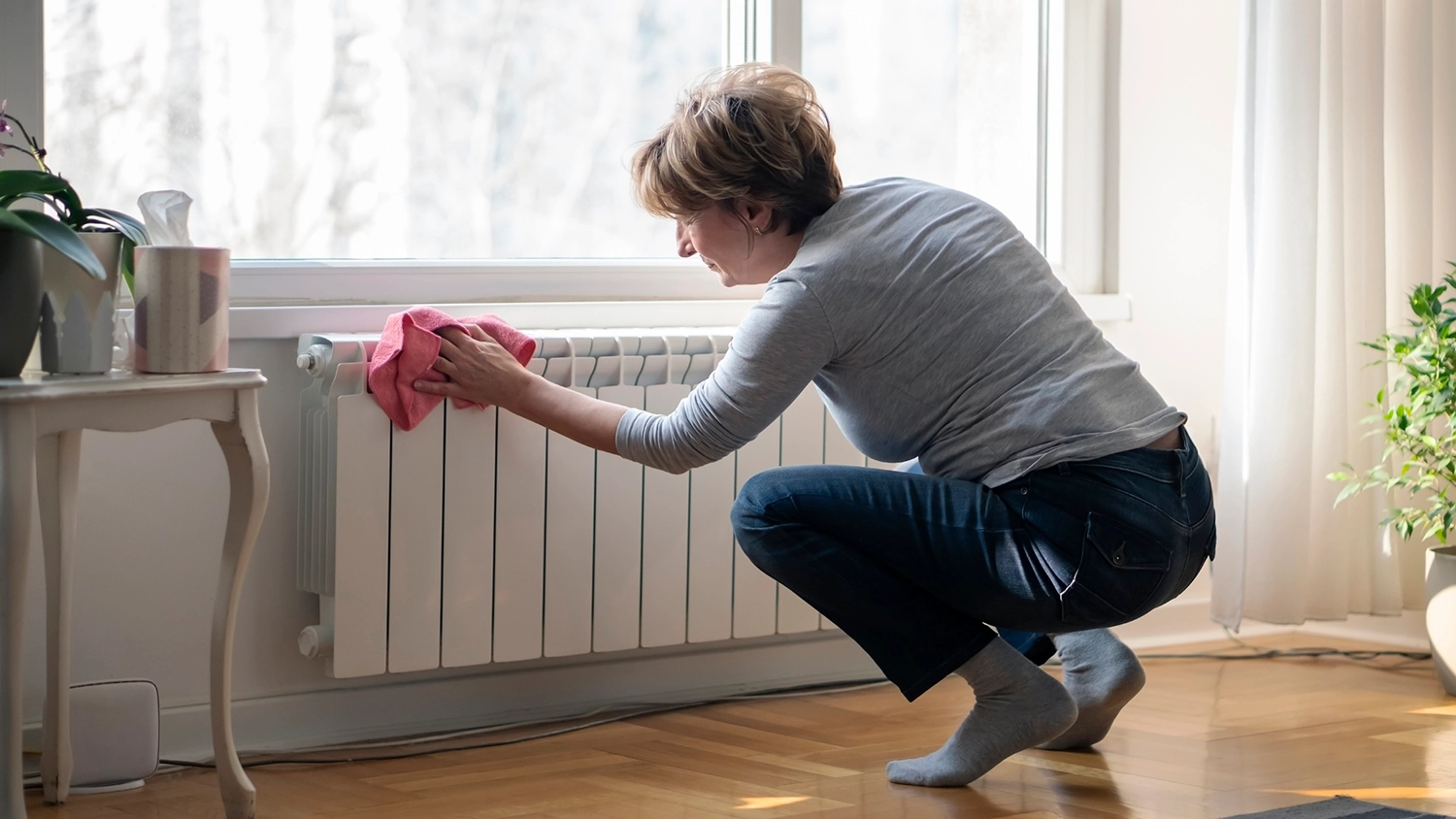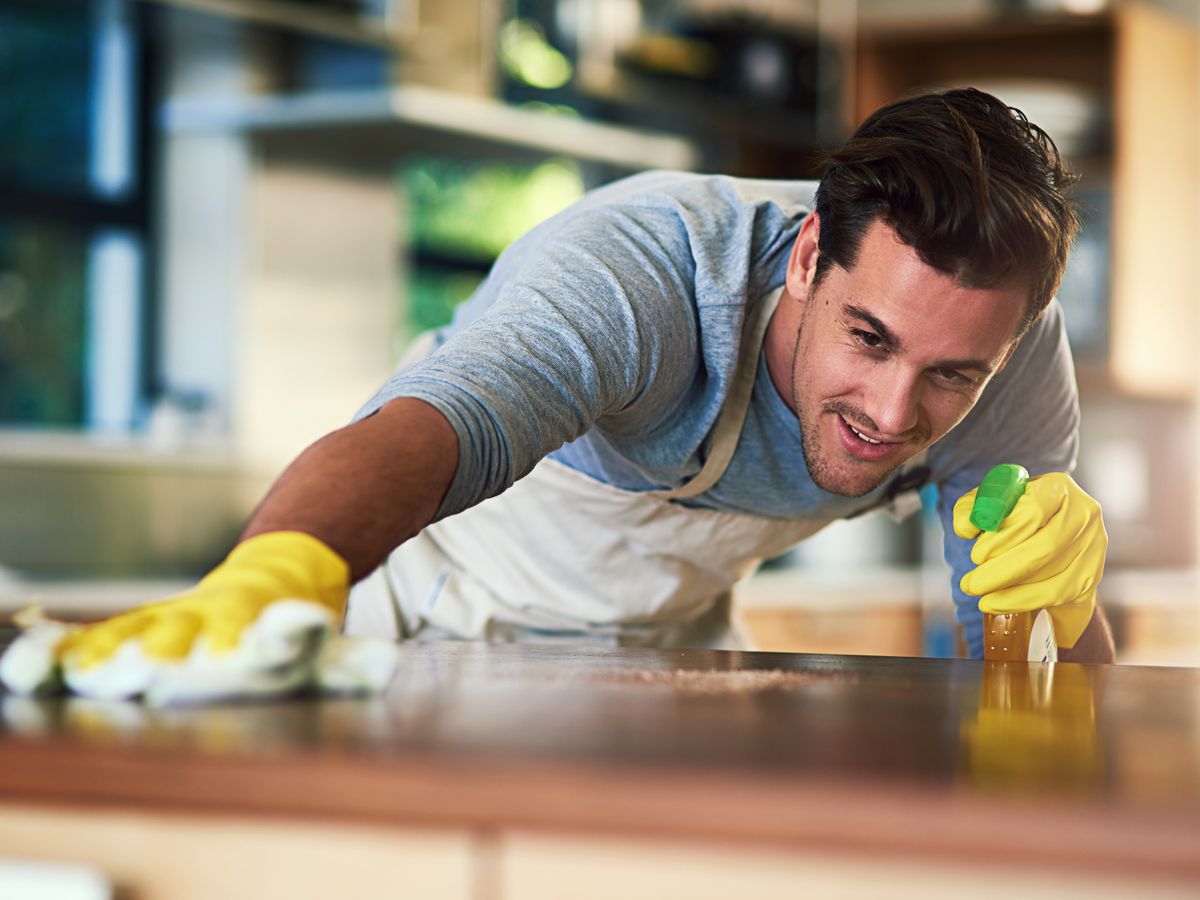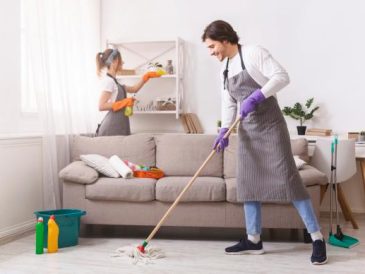Dust mites are everywhere, even in the cleanest homes! Above all, they poison the lives of some allergy sufferers, as they cause a variety of symptoms: sneezing, runny nose, itchy throat, asthma attack… Here are all the tips from our experts to declare war on dust mites.
A single gram of dust can contain up to 10,000 dust mites. As a result, the droppings of these tiny arachnids, invisible to the naked eye, cause rhinitis, itchy eyes or throat, blocked noses, runny noses, and asthma in some allergy sufferers.
What are dust mites?

Before looking at the different methods of controlling dust mites, it is important to define this type of insect. Dust mites are microscopic arachnids that take up residence on bedding, toys, furniture, clothing, etc. They are present everywhere, but they can develop in any place. They are present everywhere but grow much faster in warm and humid environments. They deposit excrement that causes allergic reactions. Moreover, mites feed on dead skin cells. This is one of the reasons why they are present in homes.
How to eliminate dust mites
Clean your bedding regularly
One of the best ways to get rid of dust mites is to wash your pillowcases, sheets, blankets, and covers regularly. Wash them in hot water at least 55 degrees, then dry them for at least 15 minutes at the same temperature. For best results, wash with cleaning products that reduce and eliminate allergens. Steam clean your mattress regularly and use temperatures above 55 degrees. For non-washable items, freeze them for 24 hours. Be aware that this technique is quite effective in killing dust mites, but allergens are not eliminated.
Use anti-allergy bed covers.
They can’t feed, which helps reduce them almost entirely. A zippered dust mite cover is an excellent barrier against these pests. You can put duct tape on the seams for added prevention.
Clean your carpets, curtains, and upholstery
Carpets, curtains, and upholstery can contain dead skin, house dust, and dust mite droppings. Cleaning your sofa and carpets is much more difficult than cleaning your bedding. A simple vacuum or steam cleaner will not eliminate dust mites.
Wash carpets, curtains, sofa cushions, and sofa covers in the washing machine as often as possible. Don’t forget the lint. If you can’t do it regularly, use a denaturant. This has the advantage of breaking down the protein that causes allergic reactions.
Dust with a damp cloth
Regularly dusting your home is another way to limit the food source of dust mites. Use a damp cloth and rinse it as you go to prevent dust from spreading. This is more effective than a dry cloth, as the latter will only stir up the allergens. Dust furniture, shelves, books, decorations, knickknacks, etc. In short, make sure that nothing accumulates dust that promotes the proliferation of dust mites.
Reduce the humidity in your home

One of the elements that encourage the development of dust mites is humidity. Therefore, make sure that your home is always dry. One way to do this is to use a dehumidifier. This device improves air quality and absorbs water from damp areas, which also helps to limit mold growth. You also have the option of opening windows to let air in or using fans.
To slow down the development of dust mites, make sure the humidity level is below 50%. If in spite of the above-mentioned prevention methods, you notice an abnormal infestation of dust mites, you should call on the services of a professional. The latter will be able to remedy the situation by using effective eradication methods. To help you get rid of dust mites for good.
Sound off in the comments section below and tell us what you want to read next and if you want to read more about dust mites.






1 Comment
[…] your drapes, curtains, or any other area that can easily collect dust. And do not forget to remove dust mites and the dead skin cells they feed on from your […]